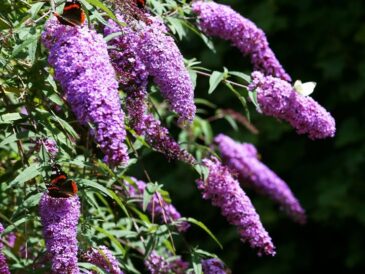The Prayer Plant (Maranta leuconeura) is far more than just a beautiful houseplant. With its velvety, deep green leaves streaked with vivid red-pink veins, this tropical species commands attention. But it’s the plant’s dramatic daily movement—where its leaves fold upward every evening—that has earned it its distinctive nickname and an enduring association with luck, gratitude, and prosperity.
The Science of the “Prayer” Movement
The prayer plant’s nightly ritual isn’t spiritual, it’s biological. This fascinating phenomenon is called nyctinasty, a term used for the movement of plant parts in response to the daily light-dark cycle.
1. Nyctinasty: A Biological Clock
Nyctinastic movements are essentially controlled by the plant’s internal biological clock, or circadian rhythm. The Maranta uses specialized joint-like structures at the base of its leaves, called pulvini.
- During the Day: The pulvini are filled with water and pressure (turgor), causing the leaves to spread out horizontally to maximize light absorption for photosynthesis.
- At Night: The plant senses the drop in light. The pressure in the pulvini changes, causing the leaves to fold vertically, resembling praying hands.
2. The Survival Advantage
While scientists debate the exact evolutionary reason, the most accepted theories suggest nyctinasty serves a protective purpose in its native Brazilian rainforest habitat:
- Moisture Conservation: Folding up may help reduce the amount of leaf surface exposed to cool night air, slowing water evaporation and conserving moisture.
- Pest and Fungal Protection: The vertical position makes it harder for rain and dew to collect on the leaves, which minimizes the risk of fungal spores taking hold.
Folklore and the Connection to Fortune
While science explains the how, culture explains the why behind its reputation as a lucky charm. The visual resemblance of the folded leaves to hands clasped in prayer has imbued the Maranta with deep symbolism across various cultures, particularly within the practice of Feng Shui.
1. A Symbol of Gratitude and Peace
The most immediate symbolism comes from its form. The “praying” gesture is widely interpreted as gratitude and thanksgiving. Keeping a Prayer Plant is often seen as a gentle reminder to maintain an attitude of thankfulness, which, in turn, is believed to attract positive energy and abundance.
2. Bringing Prosperity and Wealth (Feng Shui)
In Feng Shui, the ancient Chinese practice of arranging living spaces to create balance, the Maranta plant is highly valued:
TO CONTINUE READING THE ARTICLE PLEASE SEE PAGE 2




